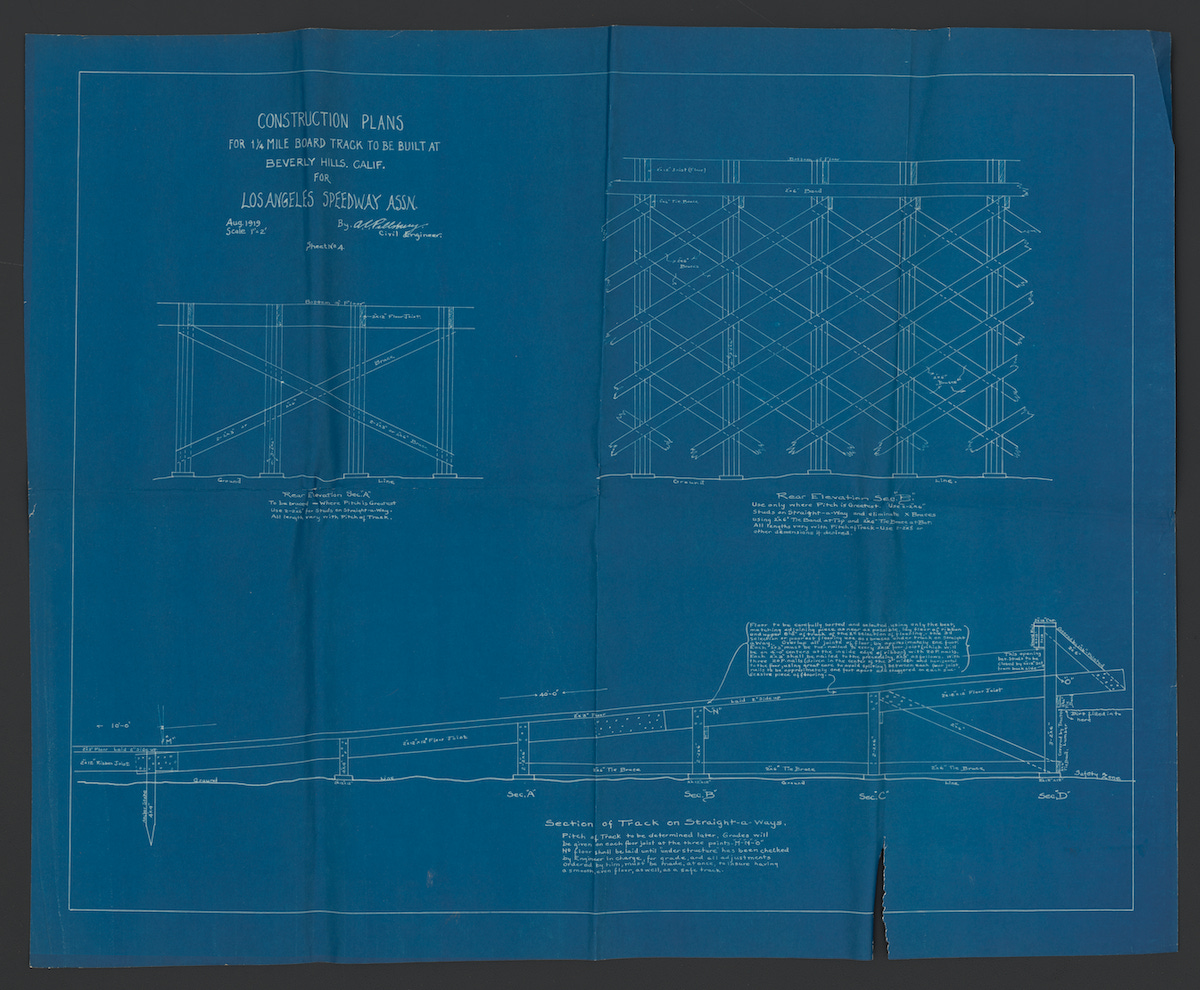I have never written anything that could remotely be considered historical fiction. I’m not sure if Journey, American qualifies, either.
Here is the germination. Homebound in the pandemic, seeing a small bubble of two or three people, I spent much time exploring the web. I came upon motordromes and was fascinated that motorcycle and auto racing in them was all but forgotten.
As with most anything else, gold was to be mined, especially when I learned where to look. I found early short files of one of the first races at Beverly Hills Motor Speedway. The opening season was a big one for the burgeoning movie colony - Charlie Chaplin even did a bit of a film there and movie stars were in abundance. Douglas Fairbanks was an investor.
Fairbanks and his wife, Mary Pickford, were the biggest of the big deals in popular culture then. They lived in Pickfair, a sprawling Los Angeles mansion in San Ysidro Canyon. Pickfair was one of those extraordinary mansions unique to pre-income tax America. Chaplin was their next-door neighbor.
Designed by the best, filled with the best - Pickfair had the first in-ground pool in all of Los Angeles - they symbolized two things critical to forming the American psyche of that America, as well as the psychotic American one of today: jaw-dropping income inequality.
One thing’s sure and nothing’s surer
The rich get richer and the poor get – children.
– F. Scott Fitzgerald
Beverly Hills Motor Speedway was born in the midst of this. Led by the motordrome king, Jack Prince, they mowed down a forest and built the track in less than six months.
In keeping with the Midas Touch of the few, the speedway was birthed on a bean farm and is now one of the priciest pieces of land on the Earth.
Making money off racing was the idea, but the track delivered on its promise of being a showplace of speed in real ways.
The fastest lap speeds to date ticked at Beverly Hills Motorspeedway. Races were attended by upwards of 50,000 fans. And there was plenty of death and gruesome injury for everyone.
All of this uniquely American sport was the by-product of the Spiral Easement Art Pillsbury had borrowed from the railroads.
At the beginning of my concept for this book, finding a copy of the original blueprints for the massively high-banked curves became an obsession.
I thought it might be easy. I would do some internet sleuthing, maybe write a few historic preservation societies and dig up a musty old copy in a file cabinet in an LA museum.
As with most quests, I had no idea what I was talking about.
What I found was a dearth of information about Beverly Hills. There was plenty about the Los Angeles Motor Speedway, which had preceded it. There was also a lot of info about the track that succeeded Beverly Hills in Culver City.
After a lot of emails and research, I started looking at Library of Congress files. I must have asked the right question because I found the beginning of my answer in a document called the Catalog of Patents for 1923. Patents were handled in a completely different way then, and all of the related documents were transferred to the Library of Congress, packed in boxes, and stored.
Each page of the catalog had a unique reference number on its top right, as did the documents themselves.
I talked to just the right librarian and we went back in forth for two or three months. Then I gave him that number and voila! He found the box Art Pillsbury’s blueprints were in, neatly folded and unseen since 1923. Jack Prince stole the idea and built tracks across the country with them.
Much later, NASCAR took the same idea and created a billion-dollar
r sport. But that’s another story
Two weeks after, I had hi-res scans, which I am publicly showing for the first time here. But only one. For now.




